University of Tasmania (UTAS) researchers have examined the benefits, or not, of agrivoltaic systems (AVS) in three countries and found the technology can most improve agricultural productivity in arid and semi-arid regions.
Researching how sunlight interception from solar panels impacts soil moisture, drought resilience, electricity generation and agrifood production in Australia, Iran and Chad, the UTAS School of Engineering and Tasmanian Institute of Agriculture (TIA) study calls on policymakers to incentivise AVS deployment in dryer regions by attracting public and private investment.
The study’s research paper, Agrivoltaics as an SDG Enabler: Trade-Offs and Co-Benefits for Food Security, Energy Generation and Emission Mitigation set out to learn the ability of AVS to offer a workable approach to achieving sustainable development goals (SDGs).
TIA research Institute Professor Matthew Harrison and co-author said on a LinkedIn post, the researchers found that as annual rainfall diminishes, benefit derived from electricity generation and agriculture increases.
“In these cases, solar panels shade soil, prevent evapotranspiration and improve pasture production, suggesting that agrivoltaics would be more beneficial in regions with greater aridity,” Harrison said.
“We suggest that agrivoltaics provide scope for economic growth and climate action regardless of socio-economic development status.”
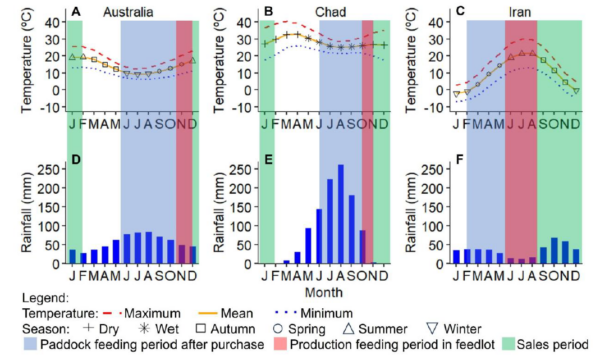
Image: Univeristy of Tasmania
The study modelled three AVS designs with varying solar panel densities (high, mid, low) at case study locations in Hamilton, Australia, Ardabil, Iran, and Mandoul in Chad.
The locations were chosen because they are among the top 20 sheep meat producers in the world, and respectively for their economic development being respectively, representative of high to least.
Energy generation was found to be highest in Chad, due to Chad’s proximity to the equator and higher annual solar radiation while Iran’s generation exceeded Australia’s despite being on similar latitudes on opposite sides of the equator, due to less cloudy days and cooler average yearly temperatures.
Using the desktop application for techno-economic analysis of energy technologies, the System Advisor Model for PV, and computer program GrassGro for managing livestock and grazing systems, the findings suggest that in regions conducive to high biomass production per unit area, such as in Australia, then AVS design with high solar panel density reduced meat production by almost 50%, which can jeopardise food security and impede achieving SDG 2 (Zero Hunger).
In these regions, AVS design with low solar panel density enables meeting SDGs aligned with agri-food production and renewable energy generation.
In contrast, in semi-arid regions, such as Iran, AVS design with a high density of solar panels can improve agricultural production via the alleviation of water deficits, thereby supporting the prioritisation of solar power generation, with food production as a co-benefit.
In developing countries such as Chad, AVS can enhance economic development by providing electricity, food, and financial benefits.
The research paper was co-authored by UTAS College of Science and Engineering PhD Student Ganesh Pandey and Associate Professor Evan Franklin.
In Australia, large-scale renewable energy projects are estimated to deliver $1 billion (USD 620 million) to farmers and $200 million to regional communities by 2030, according to a recent report by the Clean Energy Council (CEC) and Farmers for Climate Action (FCA).
The CEC report shows farmers can earn $38,500 to $45,500 per year from hosting a typical 7 MW turbine and up to $1,250 per hectare from solar.
This content is protected by copyright and may not be reused. If you want to cooperate with us and would like to reuse some of our content, please contact: editors@pv-magazine.com.
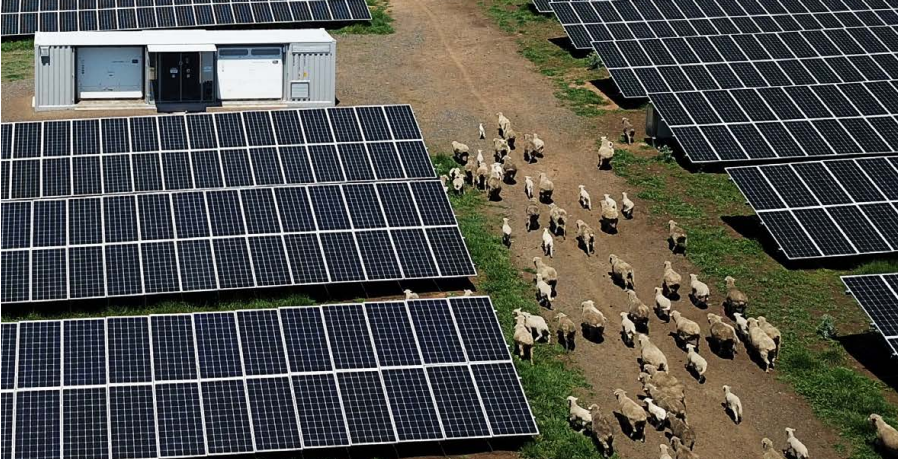


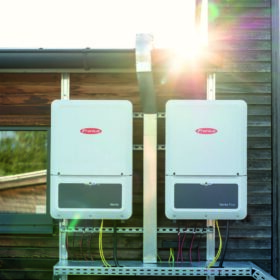

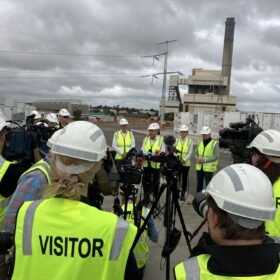
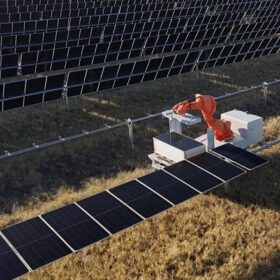

1 comment
By submitting this form you agree to pv magazine using your data for the purposes of publishing your comment.
Your personal data will only be disclosed or otherwise transmitted to third parties for the purposes of spam filtering or if this is necessary for technical maintenance of the website. Any other transfer to third parties will not take place unless this is justified on the basis of applicable data protection regulations or if pv magazine is legally obliged to do so.
You may revoke this consent at any time with effect for the future, in which case your personal data will be deleted immediately. Otherwise, your data will be deleted if pv magazine has processed your request or the purpose of data storage is fulfilled.
Further information on data privacy can be found in our Data Protection Policy.